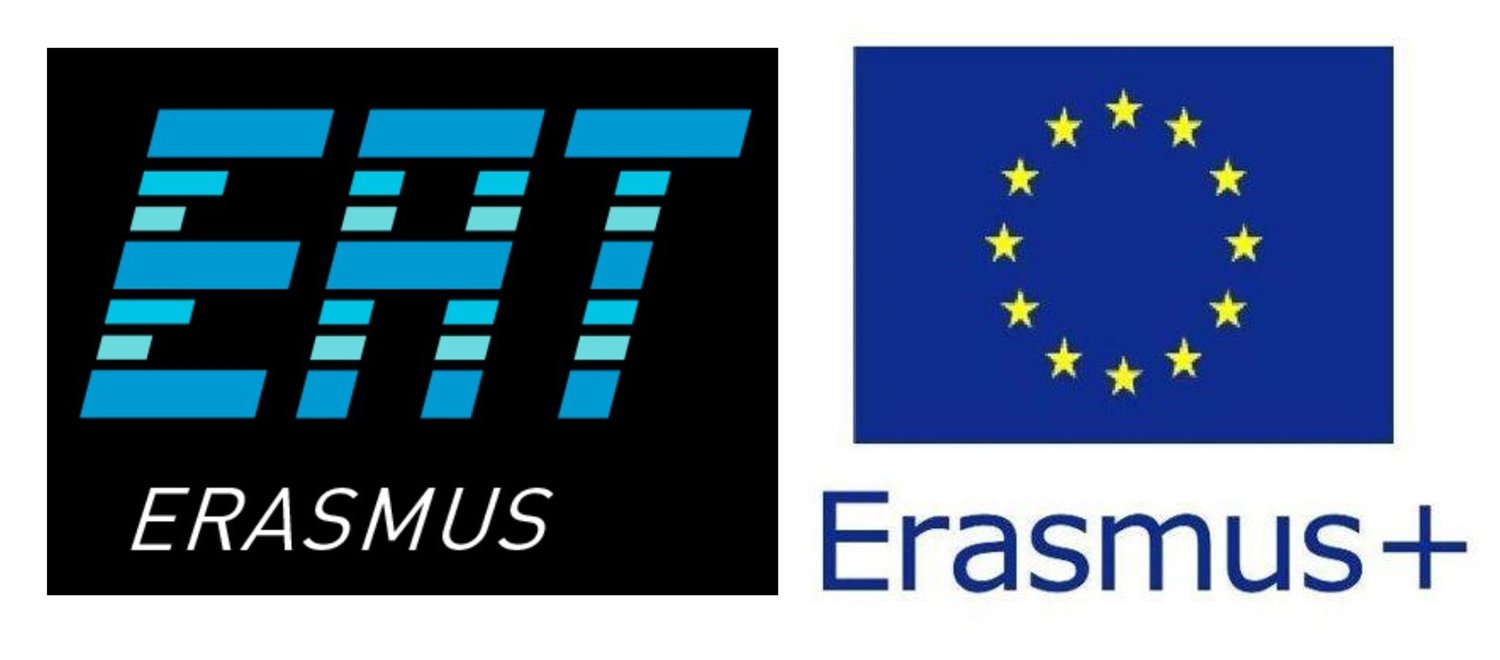5.4 Developing Metacognitive Competence
High Level metacognitive self-regulatory competencies were outlined in Table 3.1 where emphasis was placed on the quality and appropriate use of strategies (conditional use). High level metacognitive competencies can be taught but cognitive and affective dispositions need to be developed in unison with metacognitive ones, and in some definitions of metacognition, these different components of SRL are seen as integral to metacognition. Sadler-Smith (2012) highlights that the concept of metacognition has broadened to encompass concepts such as organisational meta-learning, and for many also includes psychological and cognitive components. The different attributes and functions of metacognition are summarised by Sadler-Smith, (2012, p. 166). Kozhevnikov (2007) in examining how individuals process information identified a ‘metastyle’ which was concerned with style flexibility, which given its trait and state characteristics means that some learners have much greater capacity for flexibility in learning approaches than others; this has significant implications for learning and teaching. Sadler in breaking down metacognition into basic building blocks highlights the following:
Metacognition
Involves information processing
Requires self-awareness of one’s own thinking processes
Understanding of different types of knowledge:
Declarative: About ourselves as learners – what are our preferences?
Procedural: What strategies to use and how
Conditional: When or why to use a strategy
Metacognition also involves regulation of cognition:
Selection of strategies such as deep processing
Allocation of appropriate cognitive and emotional resources to support learning
Information management to process information
Monitoring – assessing one’s own strategy use and making modifications where necessary
·Evaluation of performance and one’s own approach as a learner.
Learners arrive within learning contexts with established SCHEMA about the right ways to do things; challenging existing schema is uncomfortable and requires confidence in being able to recognise the need to adapt one’s approach in a new context. EXPLICIT modelling of alternative approaches is needed if students are to be able to adapt their approach, and FREQUENT opportunities are needed to test understanding. Tests of understanding need to be appropriate to the outcomes desired. For example, requiring students to be able to demonstrate their ability to apply what they have learnt to a new context is indicative of DEEP approaches to learning.
Key concepts: quality of use; conditional use (appropriate use); schema, metacognitive flexibility; interrelated nature of metacognitive, cognition and affective dimensions of SRL
ACTIVITIES
· Identify and signpost the key high level self-regulatory skills within a module to students.
· Review ways in which these skills are introduced, modelled, and developed.
· Work with students to develop high quality exemplars of their application in practice.
· Ensure regular opportunities for students to practice and apply these skills.
· Ensure assessment design rewards students’ use of these high level skills.
See: Sadler-Smith, E. (2012). Metacognition and styles, in L-f Zhang, R. J. Sternberg, & S. Rayner. (2012). Handbook of intellectual styles. Preferences in cognition, learning and teaching (pp. 153-172) New York: Springer.




